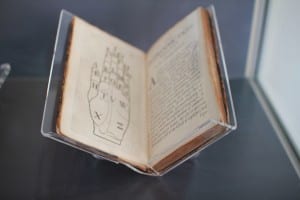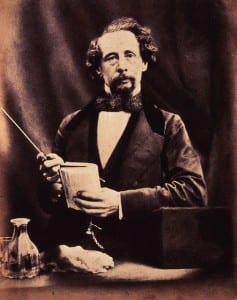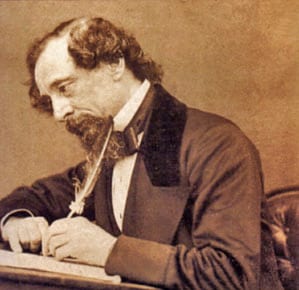Doctor Manjula’s Prescription – A History of British Sign Language
By Ashley Cowburn, on 11 July 2013
When Thomas Tillsye and Ursula Russell married in Leicester in February 1575, Thomas made his wedding vows in sign. Unknowingly, they were presented with a timeless wedding present – their marriage became the first recorded description of sign use in British history.
In 2003, British Sign Language (BSL) was recognised by the British government as a full and independent language.
Today, there are an estimated 50,000 – 70,000 people in Britain who use BSL as their preferred language. And, like most sign language communities, BSL is a minority language. Deaf communities within Britain have experienced centuries of discrimination in their fight for recognition.
 Close
Close




